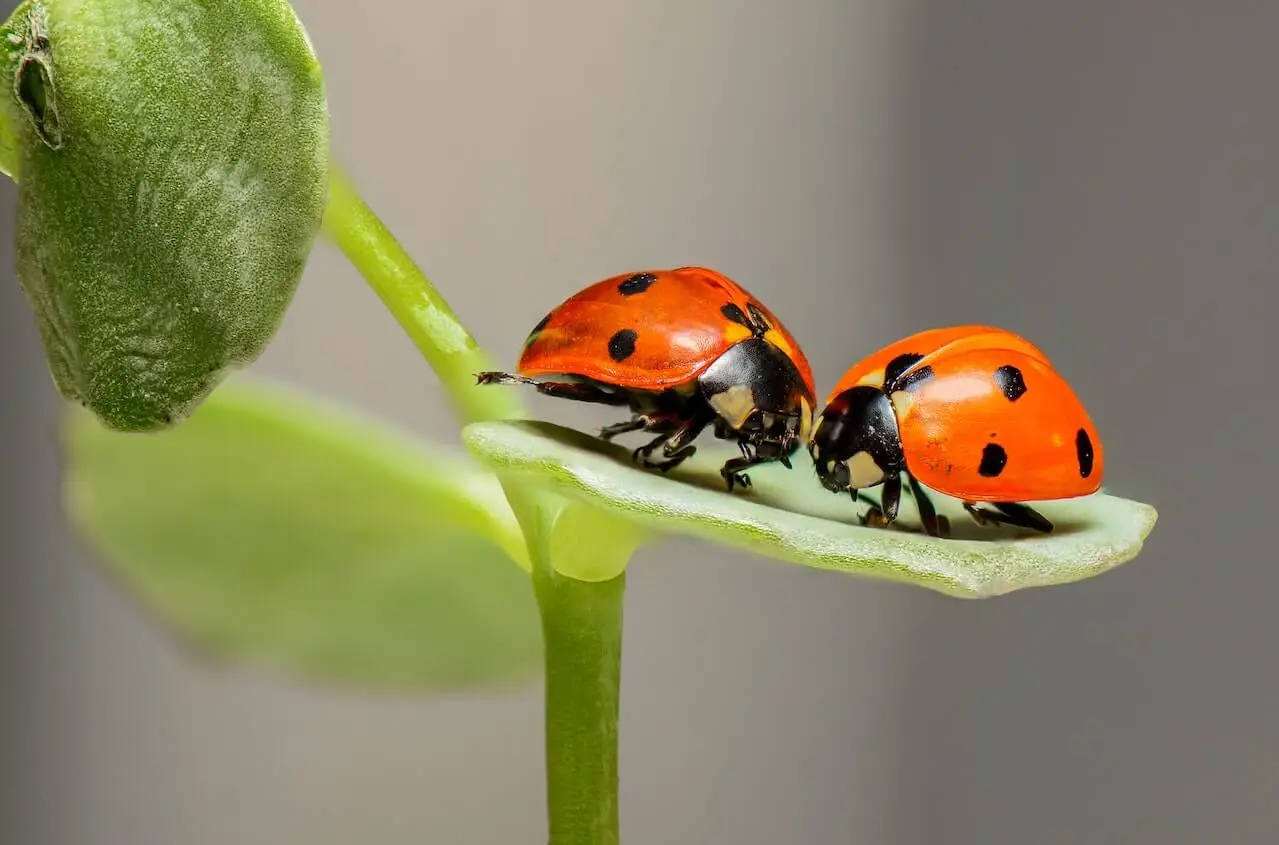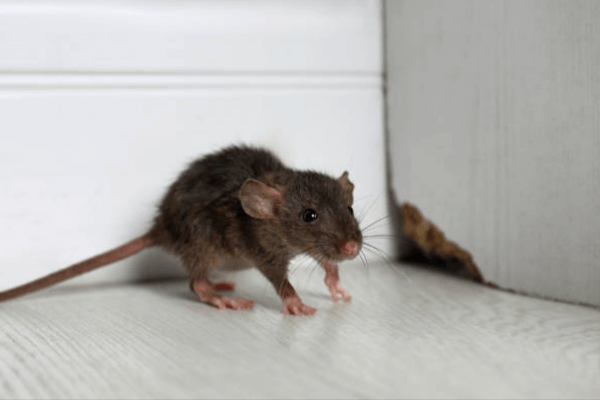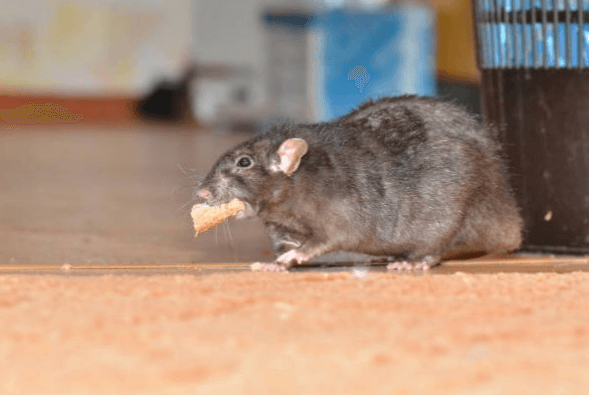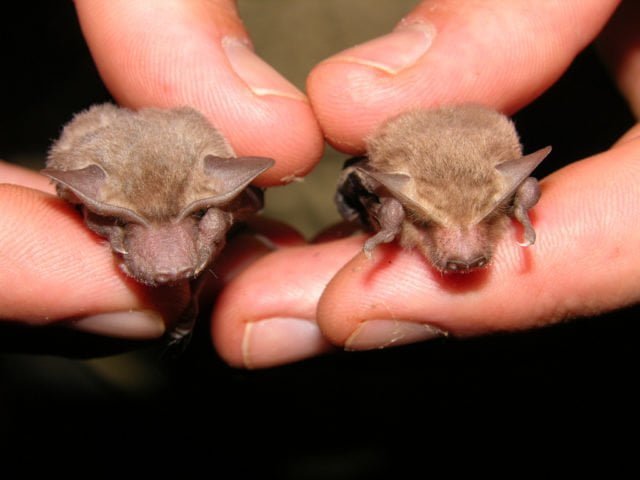Popularly known as ladybugs, these insects also go by the names ladybirds and lady beetles. These vibrant creatures can be found in gardens and parks all over the world, and are highly respected for the role they play in reducing the number of harmful insects and other organisms.
Nonetheless, many people worry that ladybugs may bite despite their generally positive image. Those who spend a lot of time outside or whose jobs take them to fields where ladybugs are common should give serious consideration to this inquiry. Is it true that ladybugs can cause painful bites? that question will be answered in this post.
We’ll take a close look at ladybugs to learn more about their biology and habits so that you can protect yourself from and treat bites. By the article’s conclusion, readers will know more about ladybug habits and whether or not they need to be on the lookout for bites.
Ladybug Anatomy and Behavior
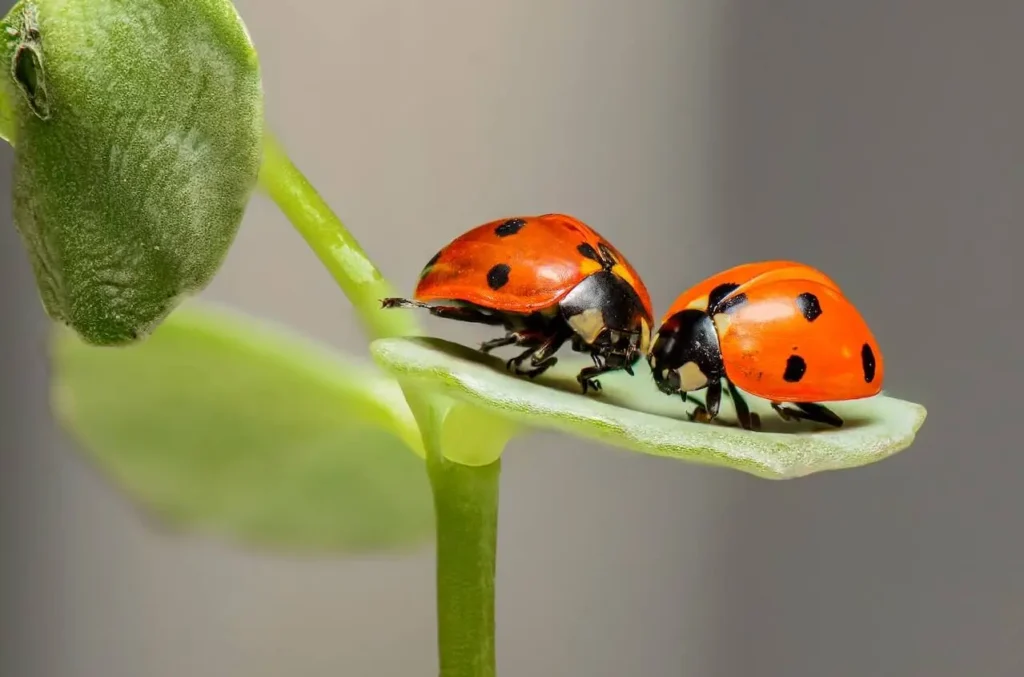
Explanation of Ladybug Anatomy and Behavior
The Coccinellidae family includes little beetles often known as ladybugs, ladybirds, and ladybeetles. Their bodies are spherical or oval, their legs are short, and their wing covers are brilliantly colored (elytra). Species can differ greatly in the number of spots present on the elytra, with others having none at all. The chitinous exoskeleton shields the ladybug’s soft body from harm.
The average length of a ladybug is between 0.3 and 0.6 inches. Its elytra are often red or orange and covered in black dots, and they have a unique dome form. The elytra of some species, including the well-known seven-spotted ladybug, are covered in white dots.
As a result of their high levels of activity, ladybugs are frequently spotted darting around on plants and flowers in search of food. They can fly, and their wings tuck away neatly behind their elytra when they’re not in use. Because of their speed (up to 37 miles per hour) and range, ladybugs are effective pollinators.
Hibernating in the winter, ladybugs congregate into large groups since they are gregarious insects. Ladybugs mate and produce new offspring on the undersides of leaves during the summer. When the eggs develop into larvae, they feast on aphids and other insects of a similar size.
Although they hardly resemble their mature forms, ladybug larvae are sometimes viewed with suspicion. They are black and yellow in color and have elongated, spiky bodies.
Ladybug Diet and Feeding Habits
Ladybugs are a type of beneficial insect that helps reduce crop damage caused by aphids and other tiny insects. The larvae of ladybugs only eat aphids, whereas adult ladybugs will eat aphids, mealybugs, and mites. The ladybug’s mouthparts are used to penetrate its victim and drain its blood and other fluids.
A single ladybug can eat up to 50 aphids in a single day. In times of aphid scarcity, they have also been observed feeding on nectar and pollen. Flowers with wide, flat lobes, like daisies and yarrow, are favorites of ladybugs because of the nectar and pollen they offer.
Gardens and greenhouses frequently employ ladybugs as a non-chemical means of pest control. To prevent aphids and other plant pests, they can be purchased from garden centers or released onto plants after purchase. Place a light trap near the plants that have been attacked to attract ladybugs.
Ladybug Bites: Fact or Fiction?
Types of Ladybugs That Can Bite Humans
Ladybugs are useful insects that primarily eat other insects, therefore they rarely harm humans. Certain ladybugs, including the Asian lady beetle (Harmonia Axyridis) and the Mexican bean beetle, are known to be venomous and can cause painful bites if they come into contact with humans (Epilachna varivestis).
As a method of biological pest control, the Asian lady beetle, sometimes known as the Halloween lady beetle, was introduced to the United States in the 1970s, where it has since spread aggressively.
They mostly eat aphids and other small insects, but when they feel threatened, they have been known to bite humans. Although bites from the Mexican bean beetle, a close relative of the ladybug, are uncommon, they do happen.
Ladybug Bite Symptoms and Potential Risks
Itching, minor pain, and a little red lump at the bite site are the most severe reactions to a ladybug bite. In extremely unusual circumstances, a ladybug bite might trigger an allergic reaction, resulting in more serious symptoms like swelling, difficulty breathing, and even anaphylaxis.
Most people do not need medical attention after being bitten by a ladybug since the hazards are negligible. But, if your symptoms are severe or you have an allergic reaction, you should consult a doctor right once.
If a ladybug feels threatened, it will discharge a yellow fluid from its joints, which can irritate the skin and potentially stain clothing. Do not touch your eyes or mouth if you come into contact with ladybug fluid; instead, wash the afflicted area with soap and water.
Possible Reasons for Ladybug Bites
Causes of Bites From Ladybugs
Unless they feel threatened or need to defend themselves, ladybugs will not attack humans and will rarely bite. Ladybugs could bite for a variety of reasons.
- Mistaken identity: When hungry, ladybugs might mistake human flesh for a plant or prey and bite. Aggressive species, such as the Asian lady beetle, are more likely to encounter this problem.
- Defensive behavior: If a ladybug feels threatened or is being handled roughly, it may bite to defend itself. This can occur if they are sat on, accidentally squished, or otherwise agitated or imprisoned.
- Protection of their young: If a ladybug feels that her eggs or larvae are in danger from a human or other predator, she may bite to defend them.
Ladybug Bites as Defensive or Accidental
Depending on the situation, a ladybug’s bite could be defensive or accidental. Ladybugs, like any other insect, can be defensive and bite if they feel threatened.
Aggressive species that may view people as a threat are more prone to attack, and this includes the Asian lady beetle.
When a ladybug confuses a human finger or skin for a plant or prey, it can accidentally bite. A ladybug’s bite can be painful and leave a little red mark because the insect uses its mouthparts to pierce the skin of its target and drain its physiological contents. Bite wounds sustained in accidents, however, are typically minor and need little medical attention.
Prevention and treatment of ladybug bites
How to Avoid Getting Bitten By Ladybugs
Although ladybug bites are uncommon and pose little threat to human health, there are precautions you may do to lessen the likelihood of being bitten.
- Avoid handling ladybugs: Ladybugs are harmless, although they can bite if they feel threatened or are handled.
- Wear gloves: Use gloves to avoid getting bitten by ladybugs if you must handle them.
- Keep windows and doors closed: If you want to keep ladybugs out of your home, close the windows and doors at night.
- Use screens: To keep the ladybugs outside and out of your home, you need to install screens.
Recommendations for Dealing with Ladybug Bites
Itching, minor pain, and a little red lump at the bite site are the most severe reactions to a ladybug bite. In extremely unusual circumstances, a ladybug bite might trigger an allergic reaction, resulting in more serious symptoms like swelling, difficulty breathing, and even anaphylaxis.
Here are some suggestions for treating ladybug bites if they occur:
- You can lessen the likelihood of infection by washing the afflicted area with soap and water.
- Swelling and soreness can be reduced by applying ice to the affected area.
- Using an antihistamine lotion or taking an antihistamine pill can help relieve itching and inflammation.
- Get immediate medical assistance if your symptoms worsen or if you suspect an allergic reaction.
If a ladybug feels threatened, it will discharge a yellow fluid from its joints, which can irritate the skin and potentially stain clothing. Do not touch your eyes or mouth if you come into contact with ladybug fluid; instead, wash the afflicted area with soap and water.
Ladybugs are Regarded as Helpful Insects
Benefits of Ladybugs in Gardens and Farms
As a result of their many positive effects, ladybugs are widely regarded as a “useful insect” in agricultural settings.
- Natural pest control: Aphids, mites, scale insects, and other garden and crop pests are easy prey for the ladybug. In their lives, they can eat up to 5,000 aphids, making them a useful biological control tool.
- Reduced need for pesticides: Farmers and gardeners can limit their use of chemical pesticides, which can be damaging to the environment and other beneficial insects, by relying on ladybugs as a natural pest control tool.
- Improved crop yields: By preying on other insects, ladybugs can be used to reduce their numbers, hence increasing crop yields. When insect populations are lowered, plants are free to expand their root systems and produce more and better food.
- Pollination: Since ladybugs feed on flower nectar and pollen, they are also beneficial to the process of pollination.
The Role of Ladybugs in Pest Management
Since ladybugs are efficient predators, they are frequently utilized as natural pest control agents in gardens and farms. They eat pests like aphids, mites, and scale insects that can ruin harvests and gardens. The formidable jaws of the ladybug are used to kill its prey, and the sticky substance they generate can also immobilize their enemies.
Ladybugs are a popular natural pest control tool for several reasons, including their efficiency as predators and the fact that they pose no threat to the ecosystem or beneficial insects. Large numbers of them can be released in places with pest problems, and they’ll spread out on their own.
Frequently Ask Questions
Do ladybugs bite humans?
Ladybug bites are quite rare but have been documented in various species.
Why do ladybugs bite?
If a ladybug feels threatened or mistakes human skin for plant life or another insect, it may bite.
Are ladybug bites dangerous?
Ladybug bites are often not life-threatening or serious enough to warrant medical intervention. Yet ladybug bites can cause an allergic reaction in certain people.
What are the symptoms of a ladybug bite?
Redness, swelling, and a moderate burning or itching feeling are possible reactions to a ladybug bite. Allergic reactions are extremely uncommon but can cause life-threatening symptoms including breathing problems or swelling of the face and throat.
How can I prevent ladybug bites?
Do not handle ladybugs or bother them when they are resting to avoid getting bitten. Using gloves or picking them up with a soft cloth is recommended if you must handle ladybugs.
How do I treat a ladybug bite?
In order to alleviate the discomfort caused by a ladybug bite, you should wash the area with soap and water and then use a cold compress. Antihistamines and pain medications available without a prescription may also be helpful. Get medical help right away if you have a serious allergic reaction.

